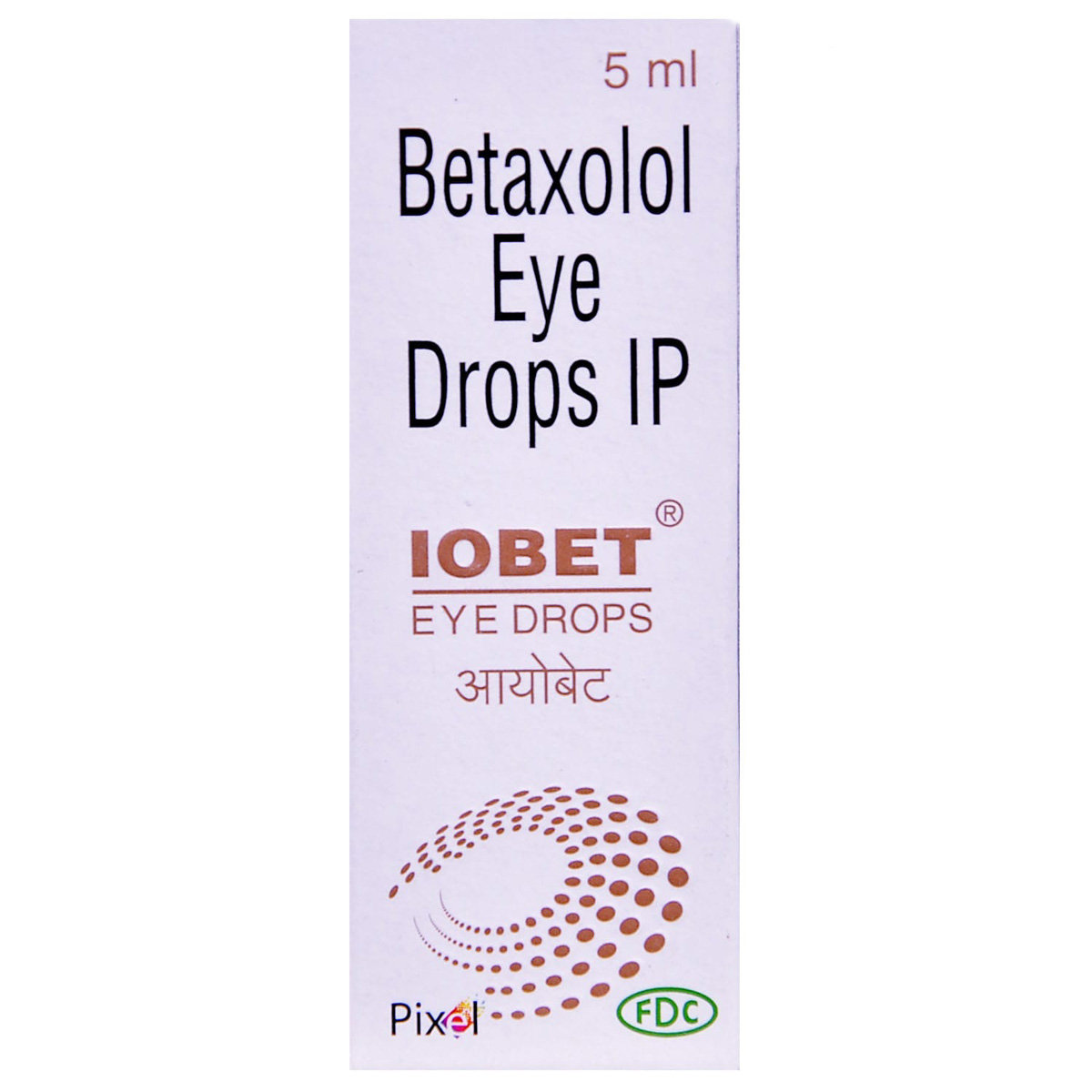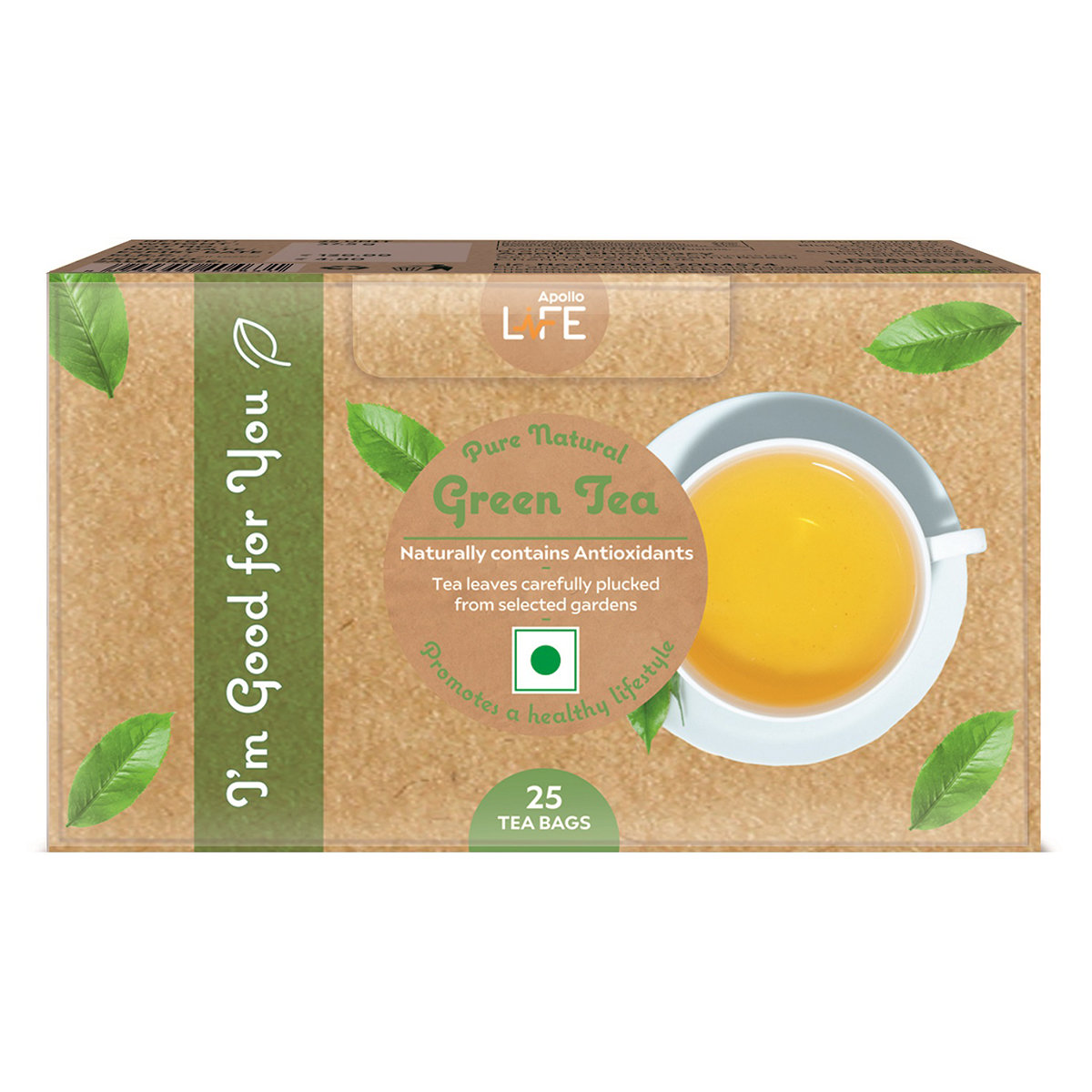Bexol Eye Drops 5 ml

MRP ₹76
(Inclusive of all Taxes)
₹11.4 Cashback (15%)
know your delivery time
Provide Delivery Location
Composition :
Manufacturer/Marketer :
Consume Type :
Expires on or after :
Return Policy :

Secure Payment

Trusted by 8 Crore Indians

Genuine Products
Therapeutic Class
Country of origin
Manufacturer/Marketer address
Author Details
We provide you with authentic, trustworthy and relevant information
Disclaimer
Alcohol
Safe if prescribed
Interaction of alcohol with Bexol Eye Drops 5 ml is unknown. Please consult a doctor before consuming alcohol with Bexol Eye Drops 5 ml.
Pregnancy
Consult your doctor
Bexol Eye Drops 5 ml is a Category C pregnancy drug and is not recommended for use during pregnancy unless your doctor considers it essential.
Breast Feeding
Consult your doctor
Avoid breastfeeding while taking Bexol Eye Drops 5 ml as it may be excreted in breast milk and cause adverse effects in the baby.
Driving
Safe if prescribed
Bexol Eye Drops 5 ml may cause dizziness or blurred vision in some people. So, drive only when your vision is clear and are alert after taking Bexol Eye Drops 5 ml.
Liver
Consult your doctor
Inform your doctor if you have a history of Liver diseases/conditions.
Kidney
Consult your doctor
Inform your doctor if you have a history of Kidney diseases/conditions.
Children
Safe if prescribed
Bexol Eye Drops 5 ml is not recommended for children.
Product Substitutes
Reference
- https://www.medicines.org.uk/emc/files/pil.417.pdf
- https://www.accessdata.fda.gov/drugsatfda_docs/label/2006/19270s031lbl.pdf
- https://www.drugs.com/mtm/betaxolol-ophthalmic.html
- https://www.nhs.uk/conditions/glaucoma/
- https://irisvision.com/things-you-should-avoid-if-you-have-glaucoma/
- https://www.medindia.net/drugs/drug-food-interactions/betaxolol.htm#:~:text=Betaxolol%20Interactions%20with%20Food%20and,level%20and%20cause%20side%20effects.
About Bexol Eye Drops 5 ml
Bexol Eye Drops 5 ml belongs to a class of anti-hypertensive drugs called beta-blockers. It is primarily used to treat increased pressure in the eye in conditions such as glaucoma (damage of optic nerve) and ocular hypertension (high fluid pressure inside the eye). Glaucoma is an eye condition which causes damage to the optic nerve (essential for good vision) due to abnormally increased pressure in the eye. Ocular hypertension is increased pressure in the eye due to poor drainage of aqueous humour (fluid in the eye that maintains normal pressure by its continuous flow).
Bexol Eye Drops 5 ml works by decreasing the secretion of aqueous humour (a liquid that maintains normal pressure in the eyeball) by the ciliary body into the eyeball. Thereby lowers the pressure in the eye by reducing aqueous humour entry into the eyeball.
Use Bexol Eye Drops 5 ml as prescribed. Your doctor will advise you on how many drops to instill based on your medical condition. In some cases, you may experience watery eyes, discomfort in the eye, headache or blurred vision. Most of these side effects of Bexol Eye Drops 5 ml do not require medical attention and gradually resolve over time. However, if the side effects worsen or persist, please consult your doctor.
If you are known to be allergic to Bexol Eye Drops 5 ml or any other medicines, please tell your doctor. Bexol Eye Drops 5 ml is not recommended for children. You are advised to maintain a time gap of 5 to 15 minutes between using other eye drops and Bexol Eye Drops 5 ml. If you are pregnant or breastfeeding, please inform your doctor before taking Bexol Eye Drops 5 ml. You are advised to remove soft contact lenses before using Bexol Eye Drops 5 ml as it may cause discolouration of soft contact lens. Do not use Bexol Eye Drops 5 ml if you have severe chronic obstructive bronchitis, severe asthma, heart failure, irregular heartbeats or slow heartbeat. Bexol Eye Drops 5 ml may mask low blood sugar symptoms. Therefore, if you have diabetes, inform your doctor before taking Bexol Eye Drops 5 ml. If you have myasthenia gravis (muscle weakness), inform your doctor as Bexol Eye Drops 5 ml may worsen its symptoms.
Uses of Bexol Eye Drops 5 ml
Medicinal Benefits Mweb
Key Benefits
Bexol Eye Drops 5 ml is used to treat increased pressure in the eye in conditions such as glaucoma (damage of optic nerve) and ocular hypertension (high fluid pressure inside the eye). Bexol Eye Drops 5 ml decreases the secretion of aqueous humour (a liquid that maintains normal pressure in the eyeball) by the ciliary body into the eyeball. Thereby, lowers the pressure in the eye by reducing aqueous humour entry into the eyeball.
Directions for Use
Side Effects of Bexol Eye Drops 5 ml
- Watery eyes
- Discomfort in the eye
- Headache
- Blurred vision
Drug Warnings
If you have low blood pressure, heart failure, slow heartbeat, coronary heart disease, myasthenia gravis, asthma, diabetes, angle-closure glaucoma, Raynaud's disease or Raynaud's syndrome (poor blood circulation) and hyperthyroidism (overactive thyroid gland), please inform your doctor before taking Bexol Eye Drops 5 ml. Pregnant or a nursing mother are advised to consult a doctor before taking Bexol Eye Drops 5 ml. You are advised to remove soft contact lenses before using Bexol Eye Drops 5 ml as it may cause discolouration of soft contact lens. Bexol Eye Drops 5 ml may mask low blood sugar and hyperthyroidism (overactive thyroid gland) symptoms. Therefore, if you have diabetes or hyperthyroidism, please inform your doctor before taking Bexol Eye Drops 5 ml.
Drug-Drug Interactions
Drug-Drug Interactions
Login/Sign Up
Taking Bexol Eye Drops 5 ml with Theophylline, could increase the risk of side effects.
How to manage the interaction:
Although taking Bexol Eye Drops 5 ml and Theophylline together can result in an interaction, it can be taken if a doctor has advised it. However, if you experience sleeplessness, tremors (Involuntary shaking or movement affecting hands, legs, and face), restlessness, uneven heartbeats, or difficulty breathing, contact a doctor immediately. Do not discontinue any medications without consulting a doctor.
Taking Aminophylline and Bexol Eye Drops 5 ml together may reduce the effectiveness of Bexol Eye Drops 5 ml and increase the effects of Aminophylline.
How to manage the interaction:
Taking Aminophylline and Bexol Eye Drops 5 ml together can result in an interaction, it can be taken if a doctor has advised it. However, if you experience nausea, vomiting, sleeplessness, tremors(shakings), restlessness, irregular heartbeats, or difficulty breathing, contact the doctor immediately. Do not discontinue any medications without consulting a doctor.
Co-administration of Disopyramide with Bexol Eye Drops 5 ml can increase the risk of side effects.
How to manage the interaction:
There may be a possibility of interaction between Bexol Eye Drops 5 ml and Disopyramide, but it can be taken if prescribed by a doctor. However, consult a doctor if you start feeling dizzy, faint, or have a fast or slow heartbeat. Do not stop using any medication without consulting a doctor.
Co-administration of Bexol Eye Drops 5 ml and Ritodrine may lead to decreased effectiveness of the medications.
How to manage the interaction:
Taking Bexol Eye Drops 5 ml with Ritodrine can result in an interaction, but it can be taken if a doctor has advised it. Do not stop using any medications without a doctor's advice.
When Dolasetron is taken with Bexol Eye Drops 5 ml, it can raise the risk of an irregular heart rhythm.
How to manage the interaction:
Taking Bexol Eye Drops 5 ml with Dolasetron together can result in an interaction, but it can be taken if a doctor has advised it. If you have any of these symptoms, like feeling dizzy, lightheaded, or your heart beating irregularly, consult a doctor. Do not discontinue any medications without a doctor's advice.
Co-administration of Bexol Eye Drops 5 ml with fingolimod may slow your heart rate, which may result in significant or serious heart problems.
How to manage the interaction:
There may be a possibility of interaction between Bexol Eye Drops 5 ml and Fingolimod, but it can be taken if prescribed by a doctor. However, if you have any of these symptoms - feeling dizzy or lightheaded, trouble breathing, chest pain, or a fast heartbeat - consult a doctor. Do not stop using any medications without a doctor's advice.
Co-administration of Atazanavir and Bexol Eye Drops 5 ml can raise the chance of a possibly serious heart rhythm irregularity.
How to manage the interaction:
Taking Bexol Eye Drops 5 ml with Atazanavir together can result in an interaction, but it can be taken if a doctor has advised it. If you notice sudden dizziness, lightheadedness, fainting, or irregular heartbeat, consult a doctor. Do not stop using any medications without talking to a doctor.
Co-administration of Bexol Eye Drops 5 ml with Diltiazem may result in side effects.
How to manage the interaction:
Although there is a possible interaction between Bexol Eye Drops 5 ml and Diltiazem, you can take these medicines together if prescribed by a doctor. However, if you experience fatigue, headaches, dizziness, fainting, swelling of the hands and legs, weight gain, breathlessness, chest pain, an irregular pulse, consult a doctor. Do not discontinue any medications without a doctor's advice.
Taking Clonidine and Bexol Eye Drops 5 ml together may lower blood pressure and slower heart rate.
How to manage the interaction:
Although there is a possible interaction between Clonidine and Bexol Eye Drops 5 ml, you can take these medicines together if prescribed by a doctor. However, if you experience headaches, slow heartbeat, dizziness, consult a doctor. Do not discontinue the medication without consulting a doctor.
Co-administration of Bexol Eye Drops 5 ml with Saquinavir, the risk of an irregular heart rhythm can increase.
How to manage the interaction:
Taking Bexol Eye Drops 5 ml with Saquinavir can result in an interaction, but it can be taken if a doctor has advised it. However, if you notice any of these signs- your heart beating irregularly, feeling suddenly dizzy or lightheaded, fainting, or experiencing an irregular heartbeat, consult a doctor. Do not stop using any medications without talking to a doctor.
Drug-Food Interactions
Drug-Food Interactions
Login/Sign Up
Drug-Diseases Interactions
Drug-Diseases Interactions
Login/Sign Up
Drug-Drug Interactions Checker List
- CLONIDINE
- RAWOLFIA ALKALOIDS
- DIGOXIN
- VERAPAMIL
- DILTIAZEM
- QUINIDINE
- ADRENALINE
Habit Forming
Special Advise
- You are advised to inform your doctor before any operation that you are using Bexol Eye Drops 5 ml as it may change the effects of some medicines that are used during anesthesia.
- Routine eye tests are recommended at least every 2 years to detect glaucoma as it does not show any symptoms initially.
Diet & Lifestyle Advise
- Avoid intake of baked foods such as cakes, cookies, donuts or fried items such as French fries and stick margarine as these foods may worsen glaucoma and damage optic nerve.
- Cut down your coffee intake as it may increase pressure in the eye and replace coffee with green tea.
- Avoid exercises such as any position where the head is lower than body like inverted yoga pose as it may increase pressure in the eye. Doing selective exercises is advised for glaucoma patients.
All Substitutes & Brand Comparisons
RX
Iobet Eye Drops 5 ml
FDC Ltd
₹68.5
(₹12.34/ 1ml)
9% CHEAPER

Have a query?
Buy best Ocular products by
Entod Pharmaceuticals Ltd
Ajanta Pharma Ltd
Sunways (India) Pvt Ltd
Sun Pharmaceutical Industries Ltd
Cipla Ltd
Micro Labs Ltd
Allergan Healthcare India Pvt Ltd
Intas Pharmaceuticals Ltd
Raymed Pharmaceuticals Ltd
Nri Vision Care India Ltd
FDC Ltd
Jawa Pharmaceuticals India Pvt Ltd
Indoco Remedies Ltd
Sapient Laboratories Pvt Ltd
Senses Pharmaceuticals Pvt Ltd
Centaur Pharmaceuticals Pvt Ltd
Neomedix Healthcare India Pvt Ltd
Aromed Pharmaceuticals
Optho Remedies Pvt Ltd
Aurolab
Austrak Pvt Ltd
Lupin Ltd
Mankind Pharma Pvt Ltd
Zivira Labs Pvt Ltd
Optho Pharma Pvt Ltd
Synovia Life Sciences Pvt Ltd
Akumentis Healthcare Ltd
Eyekare
His Eyeness Ophthalmics Pvt Ltd
Protech Remedies Pvt Ltd
Runyon Pharmaceutical Pvt Ltd
Alcon Laboratories Inc
Syntho Pharmaceuticals Pvt Ltd
Alembic Pharmaceuticals Ltd
Bell Pharma Pvt Ltd
Klar Sehen Pvt Ltd
Sentiss Pharma Pvt Ltd
Irx Pharmaceuticals Pvt Ltd
Optho Life Sciences Pvt Ltd
Phoenix Remedies Pvt Ltd
Alkem Laboratories Ltd
Doctor Wonder Pvt Ltd
Hicare Pharma
Ipca Laboratories Ltd
Neon Laboratories Ltd
Okulus Drugs India
Pharmtak Ophthalmics (I) Pvt Ltd
Berry & Herbs Pharma Pvt Ltd
Glow Vision Pharmaceuticals
Kaizen Drugs Pvt Ltd
Choroid Laboratories Pvt Ltd
Indiana Opthalamics Pvt Ltd
Optica Pharmaceutical Pvt Ltd
Pharmatak Opthalmics India Pvt Ltd
Samarth Life Sciences Pvt Ltd
Vibgyor Vision Care
Mofon Drugs
Novartis India Ltd
Pharmia Biogenesis Pvt Ltd
Zydus Cadila
Appasamy Ocular Devices Pvt Ltd
Leeford Healthcare Ltd
Medivision Pharma Pvt Ltd
Orbit Life Science Pvt Ltd
X-Med Royal Pharma Pvt Ltd
Zee Laboratories Ltd
Aarma Laboratories
Guerison MS Inc
Laborate Pharmaceuticals India Ltd
Xtas Pharmaceuticals
Accurex Biomedical Pvt Ltd
Blucrab Pharma Pvt Ltd
Does Health Systems Pvt Ltd
Flagship Biotech International Pvt Ltd
Lavue Pharmaceuticals Pvt Ltd
Nutrilis Healthcare Pvt Ltd
Ursa Pharm India Pvt Ltd
Vee Remedies
Vyonics Health Care India Pvt Ltd
Warren Pharmaceuticals Pvt Ltd
Abbott India Ltd
Accvus Pharmaceuticals
Akums Drugs & Pharmaceuticals Ltd
Cadila Healthcare Ltd
Carevision Pharmaceuticals Pvt Ltd
Dey's Medical Stores (Mfg) Ltd
East West Pharma India Pvt Ltd
Eyedea Pharmaceuticals Pvt Ltd
Nimbus Healthcare Pvt Ltd
Ocuris Pharmaceuticals Pvt Ltd
Sherings Pharmaceuticals
Tarks Pharmaceuticals Pvt Ltd
Vcan Biotech
Vision Medilink
Aice Health Care Pvt Ltd
Appasamy Pharmaceuticals Pvt Ltd
Asperia Lifescience Pvt Ltd
Beatum Healthcare Pvt Ltd
East India Pharmaceutical Works Ltd
Grevis Pharmaceutical Pvt Ltd
Frequently Bought Together







